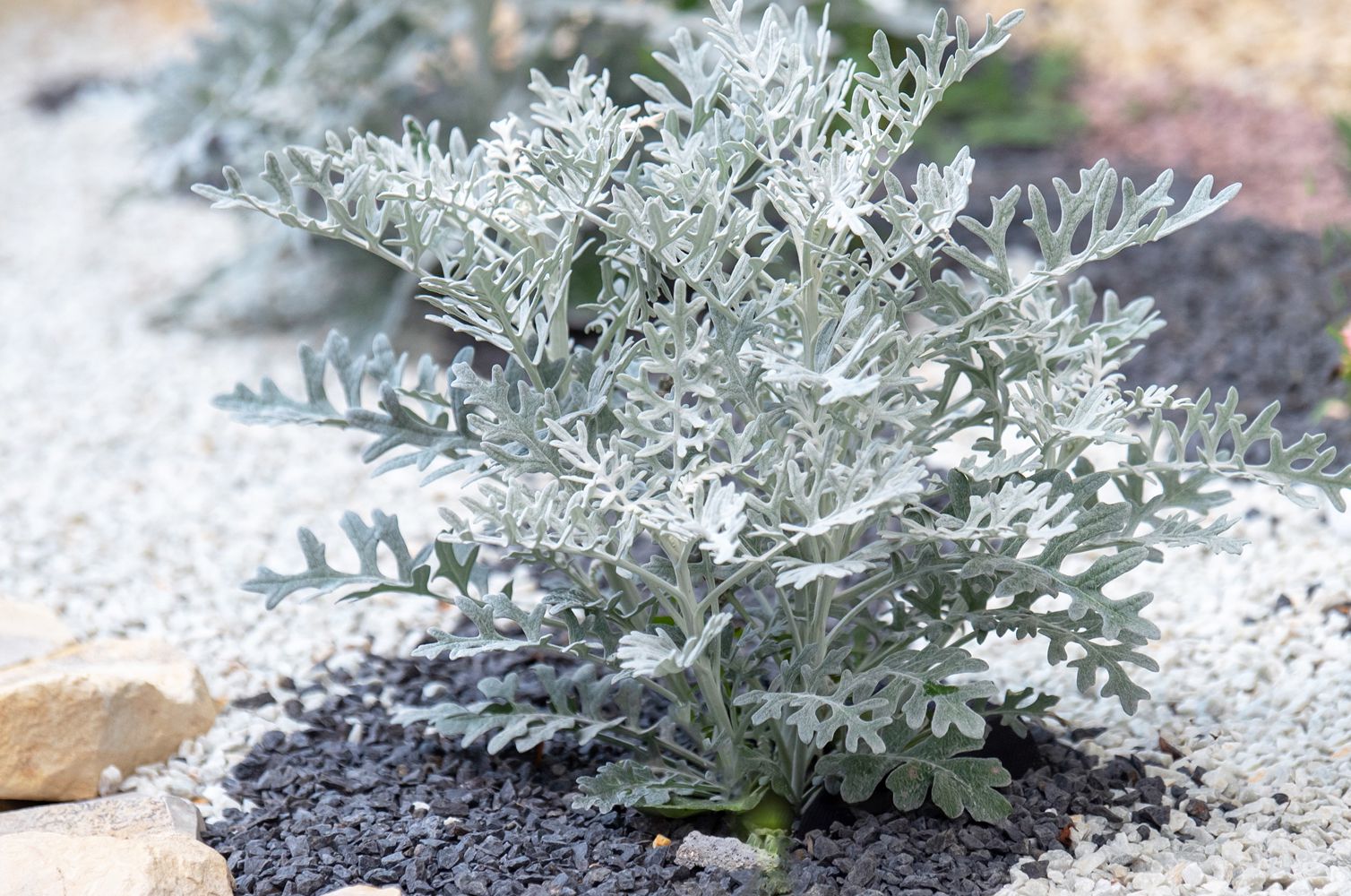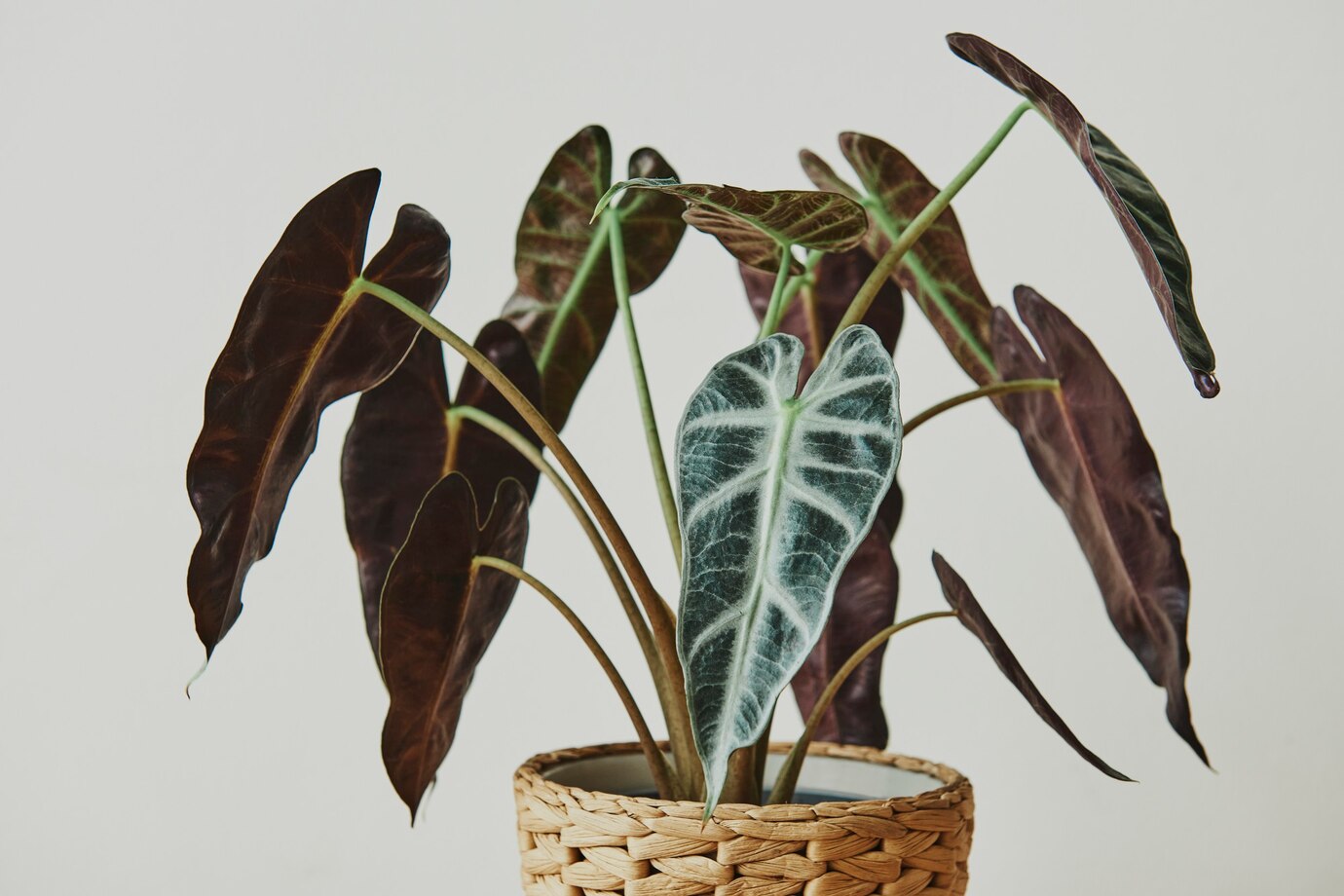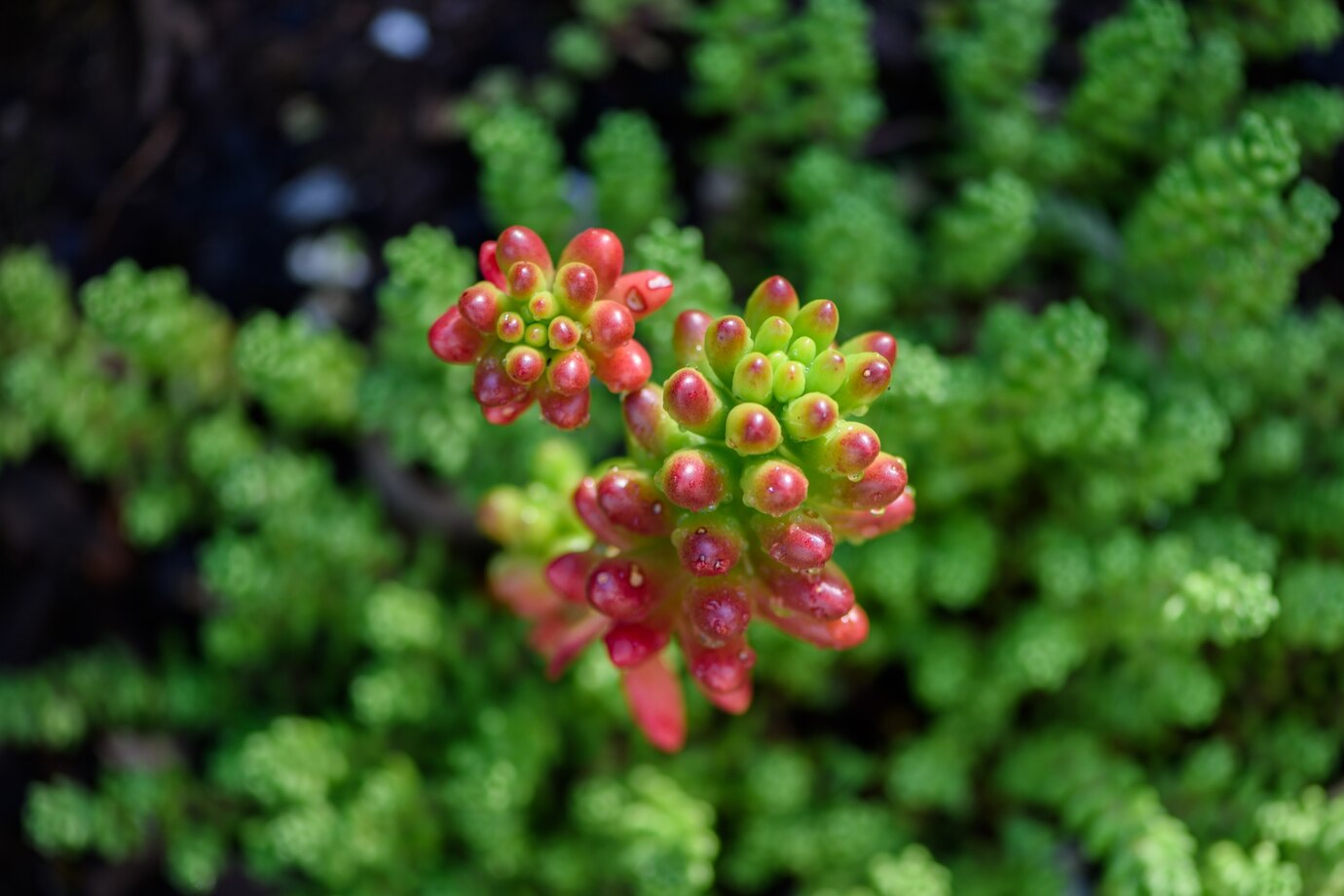Dusty miller refers to several plant varieties known for silvery or gray-toned foliage. The most common type grown annually in garden borders is actually a perennial subshrub native to the Mediterranean region. Formerly labeled Senecio cineraria, botanists often reclassify it as Jacobaea maritima. Gardeners usually cultivate it for its attractive, ornamental leaves. While many sources describe it as a tender perennial that thrives in mild to warm climates, others suggest that it can survive colder winters, even in areas with harsh frosts. It is more of a semi-hardy perennial, with certain strains showing stronger cold tolerance than others. If you’re wondering how to grow dusty miller successfully, it’s essential to consider your local climate and choose the right variety for your conditions.
Table of Contents
ToggleDusty Miller Overview
Genus Name Jacobaea maritima
Common Name Dusty Miller
Plant Type Warm-season annual (tender perennial)
Light Full Sun
Height 6–12 inches
Width 12–24 inches
Flower Color Soft Yellow
Foliage Color Silvery Gray
Season Features Eye-catching Autumn Leaves
Special Features Excellent for Bouquets, Container-Friendly, Easy-Care
Propagation Seeds, Softwood Cuttings
Planting
Dusty miller thrives in bright, direct sunlight and grows best in a little acidic soil that retains moisture yet drains well. Although it can tolerate some shade, its foliage may appear less vibrant without ample sun exposure.
When to Plant
- Start sowing seeds indoors around 10 to 15 weeks ahead of your area’s expected final frost.
- Germination usually occurs within two weeks.
- Although it’s possible to plant dusty miller seeds straight into garden soil, it’s not generally advised. Starting them indoors or buying young plants from a nursery is a better option.
How to Plant
- If you’re germinating seeds indoors, scatter them on the soil’s surface without covering them. Gently press the seeds down to ensure contact with the growing mix. Since they need light to sprout, avoid burying them.
- Once seedlings are ready to go outside, transplant them into the garden with approximately 12 inches of space between each plant.
- You can also grow dusty miller through stem cuttings, which is a good method if you already have a mature plant on hand.
- Still, most gardeners opt for store-bought transplants, as these are commonly found at garden centers and save time.
Growing
How to Care for Dusty Miller
Dusty Miller remains a garden favorite due to its easy-going nature and minimal care needs. If you want to make the most of growing dusty miller, here are some helpful tips:
- It performs best in consistently moist, well-drained soil but also remarkably well in hot, dry conditions.
- While dusty miller does bloom with small yellow flowers, these aren’t the main attraction. The plant is known for its striking silver foliage.
- Consider trimming off the flower buds to keep the plant focused on growing lush leaves. It helps redirect the plant’s energy to blooms and encourages dense, attractive foliage instead.
- Remove damaged or diseased stems and leaves regularly to keep the plant looking its best throughout the season.
- Unlike many garden plants that prefer neutral soils, dusty miller thrives in acidic conditions with a pH below 6. You may need to amend your soil to create the right environment.
- This plant also makes an excellent choice for container gardening. It can even be grown indoors, as long as it receives 6 to 8 hours of bright light daily. Potted dusty miller is ideal for showcasing its beautiful silvery hue.
- For a magical experience, take your dusty miller outside under the moonlight. It’s truly beautiful when the silver leaves reflect the light.
Types
- ‘Silverdust’ (also known as ‘Silver Dust’) is a classic and widely recognized variety often found in home gardens.
- ‘Silver Queen’ stands out for its neat, compact growth and ornamental appeal.
- ‘Cirrus’ differs from typical dusty miller types with its softly rounded foliage, lacking the deeply cut lobes seen in other cultivars.
Harvesting
Although dusty miller is most often planted along borders and in landscape designs, it offers a few additional uses. Just keep in mind that the plant is toxic to humans and animals.
- Dusty Miller works beautifully in fresh floral arrangements, providing a soft, neutral backdrop that highlights brighter blooms.
- For the best results in vases, cutting mature stems is ideal, as they tend to firm up toward the end of the growing season.
- The foliage can also be dried for long-term use. Gather and hang small bunches in a dark, dry space for a couple of weeks.
- Another artistic way to enjoy dusty miller is by pressing its leaves. Their delicate shape and silvery texture make them perfect for crafts, scrapbooking, or botanical art.
Common Pests and Plant Diseases
Dusty miller is generally a resilient plant with few pest or disease problems, but a handful of issues can still arise.
- The most common concern is root rot, which often results from overly wet or poorly draining soil. To prevent this, avoid planting in clay-heavy soil or garden spots where water tends to collect.
- Slugs may also target dusty miller, though they’re easy to manage with natural deterrents or traps.
- The plant can occasionally suffer from rust, a fungal infection that leaves distinctive orange patches on its leaves.
- Like many other outdoor plants, dusty miller is also susceptible to aphid infestations, so keep an eye out for clusters of tiny insects on new growth.
- On the bright side, deer tend to avoid dusty miller, making it a great choice for landscapes where browsing animals are a concern.



